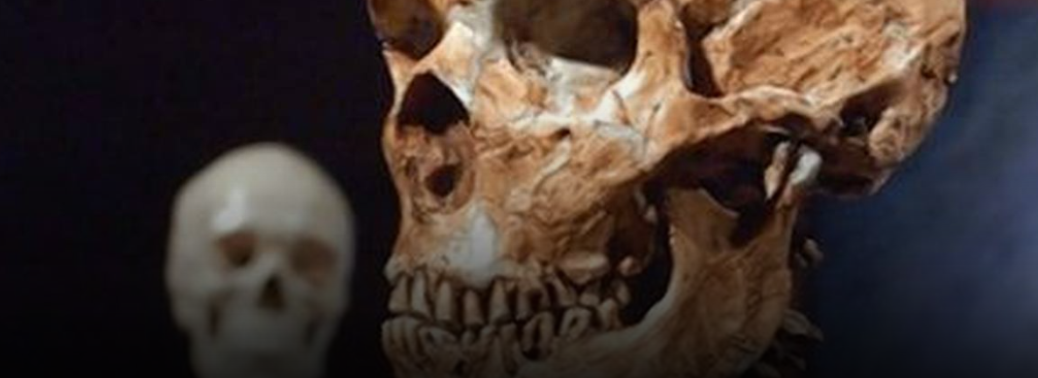Neolithic diet helped develop ‘f’ sound
16, Mar 2019

Changes to the human diet prompted by Neolithic advances in agriculture played a role in human jaw evolution that allowed people to pronounce the consonants ‘f’ and ‘v’. The study indicates that language is not merely a random product of history but was also linked to biological changes at the time.
The Neolithic era — from 6,000 B.C. to 2,100 B.C was when wheat and barley-based farming took root and animals such as goats, sheep and cows were domesticated. Language is not usually studied as a biological phenomenon and it does not normally figure
However, this is a bit strange actually, because like the communication system of other animals, language is simply part of our nature. Man, before the Neolithic era, used his teeth quickly to chew the products of his hunting and gathering.
While the upper incisors covered the lower ones in children, wear and tear led to an edge- to-edge bite in adults, prehistoric skulls show — positioning that made it difficult to make certain sounds.
If one were to put the upper and lower incisors or “front teeth” directly on top of each other and try to say “f” or “v”, one would find it very difficult, the researchers said. The sounds are called labiodental consonants, which require the combined action of the lower lip and the upper teeth.
Starting in the Neolithic era, hunter-gatherers learned techniques to process food. Dental wear-and-tear was curtailed thanks to the softer diet, and the upper incisors maintained their adolescent position: over the lower teeth, as in today’s humans.
The findings suggest that language is shaped not only by the contingencies of its history, but also by culturally induced changes in human biology.






